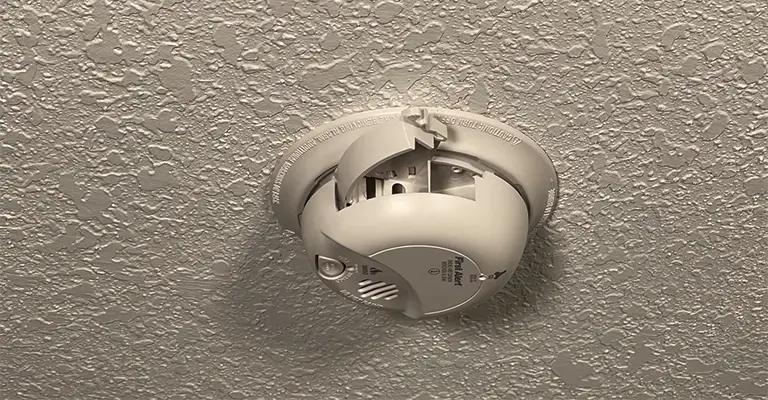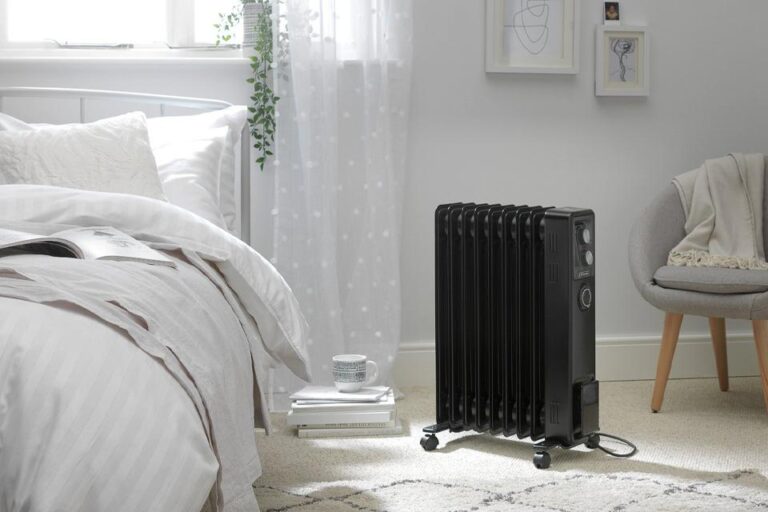What is the Cost of Living in Phoenix, AZ?
Phoenix, the capital city of Arizona, stands out as an emblem of urban evolution and cultural vibrancy in the heart of the desert.
With its sun-soaked days, sprawling landscapes, and dynamic metropolitan areas, it’s no wonder that the cost of living in Phoenix, AZ, has become a focal point for many looking to make a move to the Southwest.
The city’s meteoric rise in popularity and population has triggered conversations about its affordability. Many prospective residents, curious about the economic implications of settling down in the Valley of the Sun, often find themselves asking, “How does the cost of living in Phoenix, AZ, compare to other American metropolises?”
While its reputation for a relatively moderate cost of living has historically made it an attractive destination, the rapid growth, both in terms of infrastructure and population, has inevitably impacted prices across the board.
As Phoenix continues to blossom, so does the interest in understanding the true cost of living in Phoenix, AZ. It’s crucial, now more than ever, for individuals and families to gain a comprehensive insight into what it truly costs to live, work, and play in this desert gem.
Interestingly, people’s love for the city’s charm and climate has them flocking here, making Phoenix one of the fastest-growing cities in the U.S.
Housing
The cost of living in Phoenix, AZ, largely hinges on housing. Over the past year, the housing market has seen significant fluctuations due to various factors, including increased demand and low interest rates.
Renting vs. Buying
Renting in Phoenix offers flexibility, especially for those not yet sure about settling down. As of late, the average rent for a one-bedroom apartment hovers around $1,300, reflecting a rising trend.
On the flip side, with the median home value approaching $375,000, buying is a considerable investment. For many, the question isn’t just “Is Phoenix expensive?” but also about the potential long-term gains of homeownership here.
Popular Neighbourhoods and Their Costs
Phoenix is a mosaic of neighborhoods, each offering a unique vibe and price point. Downtown Phoenix, with its modern condos and apartments, tends to be pricier, with rents averaging $1,500 for a one-bedroom. Meanwhile, areas like Arcadia or Ahwatukee provide a more suburban feel at varied costs. Research is crucial, especially when considering the average monthly cost of living in Phoenix by area.
Utilities
Utilities can be a significant portion of the Phoenix Arizona cost of living, especially during those sweltering summer months when AC units work overtime. On average, a standard apartment might incur utility bills of about $220 per month. However, it’s crucial to note that this cost can escalate in the summertime due to the relentless heat.
Water bills remain relatively stable throughout the year, but electricity, given the AC usage, can spike. It’s also worth noting that Phoenix has been investing in sustainable energy solutions, which might eventually lead to reduced electricity costs. But for now, those moving should budget wisely for utilities.
Transportation
Getting around Phoenix often requires a car, given its sprawling nature. Yet, the city does offer a blend of transportation options suitable for various needs and budgets.
Public vs. Private Transport
While the cost of living in Phoenix, AZ often factors in car ownership, the city does provide efficient public transport. The Valley Metro Rail, priced at about $64 for a monthly pass, covers significant areas.
Yet, for those living away from its routes, a vehicle becomes essential. Phoenix’s road infrastructure is commendable, making driving relatively stress-free. However, parking in downtown and popular areas can add to your monthly expenses.
Hence, it’s vital to consider both public and private transport costs when calculating the average monthly cost of living in Phoenix.
Gas and Vehicle Maintenance
The good news? Gas prices in Phoenix usually remain below the national average. As of my last update, they were around $3.10 per gallon. Regular maintenance, from oil changes to tire rotations, also plays into the total transportation costs.
For those relocating, using services from the “#1 local movers” can help ensure vehicles are transported safely and efficiently.
Food and Groceries
Phoenix offers a blend of culinary experiences, from gourmet restaurants to local taco stands. However, the cost can vary widely. A recent survey showed the average monthly grocery bill for a typical Phoenix household to be about $320. This cost encompasses essential food items but can vary based on dietary preferences and shopping habits. Dining out is another facet of the cost of living in Phoenix, AZ. On average, a meal at a mid-range restaurant might set you back $15 to $20. For those who enjoy trying out local eateries, this cost can add up, influencing the average monthly cost of living in Phoenix.
Healthcare
Healthcare costs, like anywhere in the U.S., can be a significant portion of one’s monthly expenses. It’s essential to factor in both insurance premiums and out-of-pocket expenses. The average doctor’s visit in Phoenix, without insurance, hovers around $120.
For specialized care or emergencies, the costs can be significantly higher. It’s also worth noting that Phoenix boasts several top-tier healthcare facilities, making quality care accessible but often at a premium.
Education
For families, education expenses can be a significant part of the cost of living in Phoenix, AZ. From public to private institutions, the city offers a plethora of options.
Public Schools
While tuition isn’t a concern for public schools, other costs, from uniforms to school supplies, can add up. Plus, for extracurriculars or special programs, there might be additional fees.
Private Schools
Private schools in Phoenix come with varied curricula and price points. On average, annual tuition can range from $6,000 for lesser-known institutions to over $20,000 for prestigious ones.
Entertainment and Leisure
Phoenix, with its rich cultural scene and natural beauty, offers ample entertainment options. Whether you’re a nature enthusiast or a theatre lover, there’s something for everyone. From hiking trails to art galleries, many activities are either free or reasonably priced.
For example, a visit to a local museum might cost around $15, while a night out at a premier theatre could be $50 or more. These costs, while optional, contribute to the overall Phoenix Arizona cost of living for those who prioritise leisure and entertainment.
Conclusion
Phoenix, a city of contrasts, from its scorching summers to its vibrant arts scene, has a lot to offer. The cost of living in Phoenix, AZ, can vary widely based on individual preferences and needs. However, by understanding the average monthly cost of living in Phoenix and planning accordingly, potential residents can navigate the financial aspect with ease.






